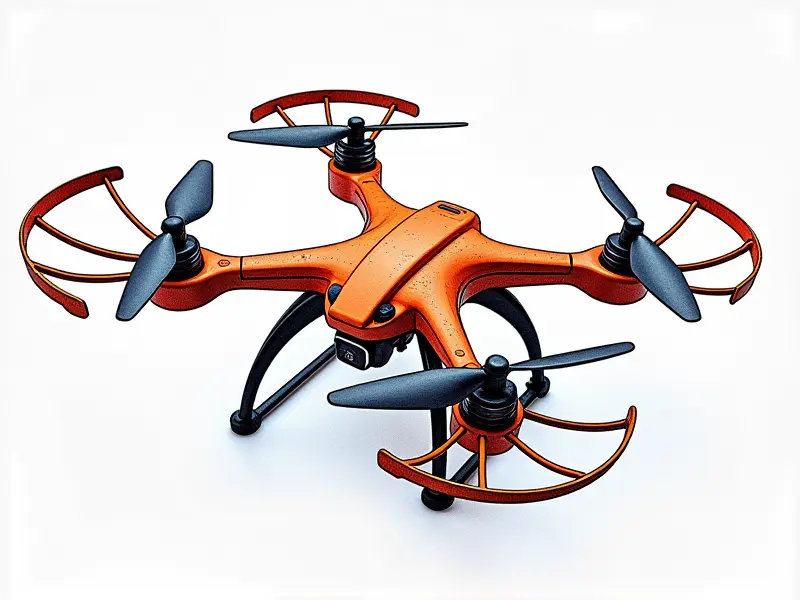Why do Li-ion batteries swell?

Lithium-ion (Li-ion) batteries are ubiquitous in modern technology, powering everything from smartphones and laptops to electric vehicles and drones. However, one of the most common issues that users face with these batteries is swelling or bulging. This phenomenon not only affects the performance but also poses significant safety risks. Understanding why Li-ion batteries swell is crucial for both consumers and manufacturers.
Understanding Li-Ion Battery Safety Issues
Safety is paramount when dealing with any type of battery, especially those that contain lithium. Swelling in Li-ion batteries can indicate underlying issues such as overcharging, thermal runaway, or manufacturing defects. These factors can lead to serious consequences, including fire hazards and explosions.
Common Reasons for Li-Ion Battery Swell
- Overheating: Excessive heat can cause the internal components of a battery to degrade rapidly, leading to swelling.
- Overcharging: Charging beyond the recommended voltage limits can damage the cells and result in excessive gas generation inside the battery.
- Inadequate Ventilation: Poor airflow around the battery during operation or charging can cause temperatures to rise, contributing to swelling.
Preventing Li-Ion Battery Swelling in RC Devices
Radio-Controlled (RC) devices such as drones and remote-controlled cars rely heavily on Li-ion batteries for power. Preventing battery swelling is crucial not only for performance but also for safety reasons.
- Select Quality Batteries: Opt for reputable brands that adhere to strict quality control measures.
- Proper Charging Practices: Use compatible chargers and avoid overcharging by setting appropriate voltage limits.
- Monitor Temperature: Ensure the environment in which the battery operates remains within safe temperature ranges.
Troubleshooting Swollen Li-Ion Batteries
When a Li-ion battery swells, immediate action is necessary to mitigate risks and prevent further damage. Here are some steps you can take:
- Discontinue Use: Stop using the device immediately if you notice swelling.
- Inspect for Damage: Check for any signs of physical damage that might have caused the swelling.
- Contact Manufacturer: Reach out to the manufacturer or service provider for guidance on how to proceed safely.
The Mystery of Swollen Li-Ion Batteries Explained
The mechanics behind swollen batteries are multifaceted. Chemical reactions within the battery, such as electrolyte decomposition and gas generation, can lead to swelling. Additionally, mechanical stress from internal pressure caused by these gases further exacerbates the issue.
Causes Behind Swelling in RC Drone Li-Ion Batteries
Drones are particularly susceptible to swollen batteries due to their high power demands and operational conditions:
- Voltage Imbalance: Uneven distribution of charge across cells can lead to swelling.
- High Current Draw: Drones often require high current for short periods, which can stress the battery.
How to Detect and Fix Swollen Li-Ion Batteries
Detecting a swollen battery early is crucial. Look out for physical signs like bulges or deformations in the casing. Once detected, take these steps:
- Isolate the Battery: Remove the battery from any device and store it safely.
- Check Manufacturer Guidelines: Follow specific instructions provided by the manufacturer for handling swollen batteries.
Safety Risks of Swollen Li-Ion Batteries in Drones
The risks associated with swollen batteries in drones are significant. A swollen battery can lead to reduced flight time, compromised performance, and even catastrophic failure leading to crashes or fires.
Tips to Extend Life and Prevent Swelling in Li-Ion Batteries
- Store Properly: Keep batteries at room temperature when not in use.
- Avoid Extreme Temperatures: Do not expose batteries to extreme heat or cold.
- Use Compatible Chargers: Ensure that chargers are designed for the specific type of battery you are using.
Long-Term Effects of Swelling on Li-Ion RC Battery Performance
The long-term effects of swelling can be detrimental to the overall performance and lifespan of Li-ion batteries. Reduced capacity, shorter cycle life, and potential safety hazards are some of the consequences.
Conclusion
In conclusion, understanding why Li-ion batteries swell is crucial for maintaining both device functionality and user safety. By adhering to proper usage guidelines, selecting high-quality products, and promptly addressing any signs of swelling, you can significantly extend the life and reliability of your lithium-ion batteries.

